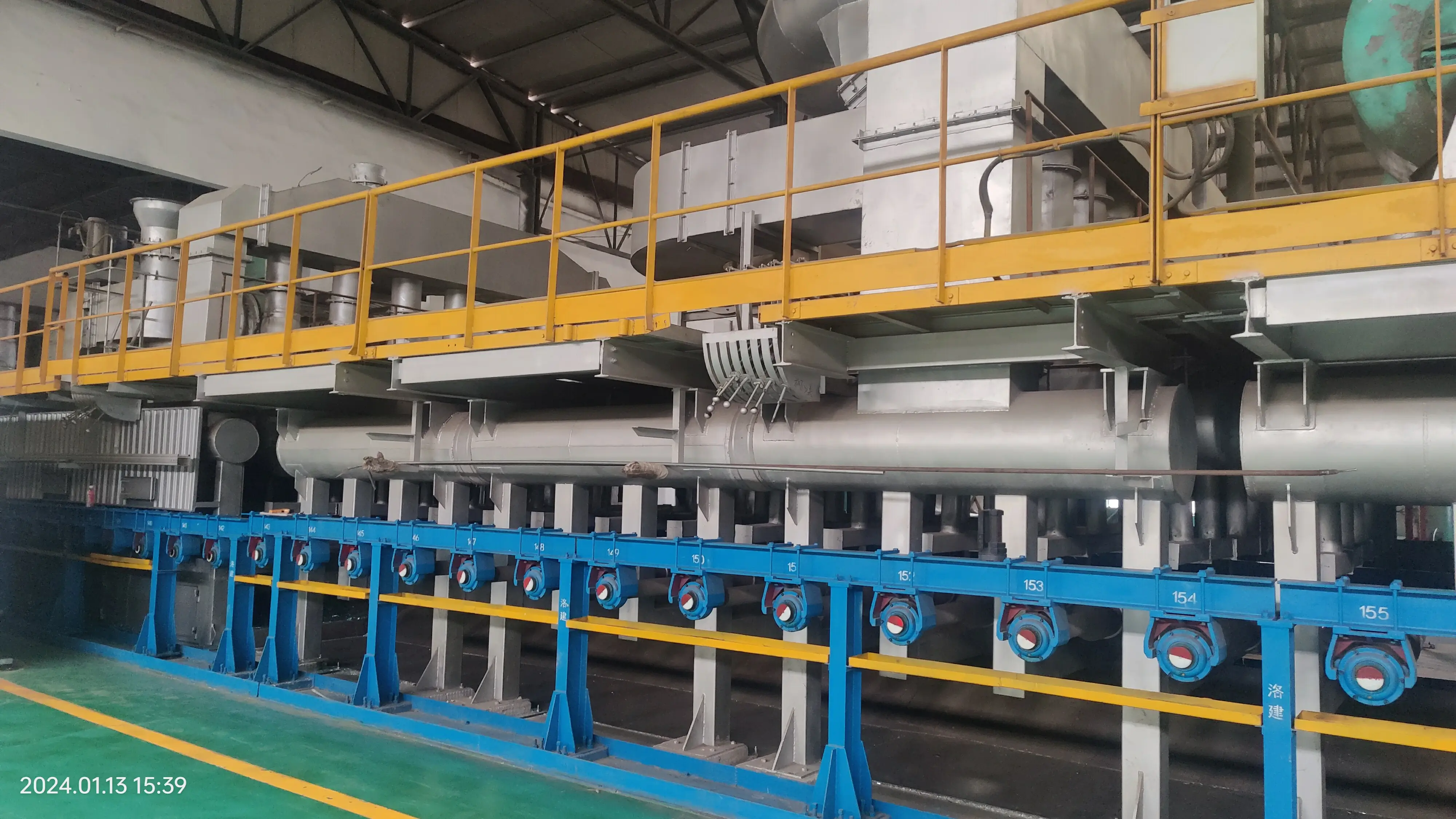

Understanding Low-E Glass Installation A Guide to Energy Efficiency
In recent years, energy efficiency has become a significant consideration for homeowners and builders alike. One of the key advancements in this area is the development of Low-E (Low Emissivity) glass, a revolutionary material that can drastically improve the thermal performance of windows. This article will delve into the benefits of Low-E glass, its installation process, and tips for ensuring optimal performance.
What is Low-E Glass?
Low-E glass is a type of glass that has been coated with a thin metallic layer designed to reflect heat. It allows natural light to enter while inhibiting the transfer of heat, making it an essential component for energy-efficient structures. The coating's primary purpose is to minimize the amount of infrared and ultraviolet light that passes through the glass without compromising the amount of visible light. As a result, buildings with Low-E glass windows can maintain a comfortable indoor temperature year-round, reducing reliance on heating and cooling systems.
Advantages of Low-E Glass
1. Energy Efficiency Low-E glass significantly reduces energy costs. By reflecting heat back into the home during winter and keeping it out during summer, it helps maintain a stable indoor climate.
2. UV Protection The coating also blocks a large percentage of harmful UV rays, helping to protect furnishings and flooring from fading.
3. Condensation Reduction Low-E glass can reduce condensation on windows, which not only improves visibility but also decreases the chances of mold growth.
4. Comfort Improvement Homes equipped with Low-E glass maintain consistent temperatures, improving overall comfort for the occupants.
Preparing for Installation
Installing Low-E glass requires careful planning and execution to ensure its benefits are maximized. Here are some steps to prepare for installation
1. Choose the Right Type There are different types of Low-E coatings, such as soft coat and hard coat. Soft coats provide better thermal performance, while hard coats are more durable. Choose according to your climate and needs.
2. Use Certified Professionals Installation is key. Employing certified professionals who understand the nuances of Low-E glass can make a significant difference in performance. They will ensure proper fitting and sealing to maximize energy efficiency.

3. Measure Accurately Take precise measurements of your window frames. Any gaps can compromise the effectiveness of the Low-E glass.
Installation Process
The installation process of Low-E glass generally follows these steps
1. Removal of Old Glass Begin by carefully removing the existing glass. It’s important to wear protective gear and follow safety protocols.
2. Cleaning the Frame Once the old glass is removed, clean the window frame thoroughly to ensure a good bond with the new glass.
3. Installing Low-E Glass Place the Low-E glass into the frame. Ensure it is properly centered and positioned. Depending on the type of frame, you may need to use glazing points or a sealant to hold it in place.
4. Sealing Use appropriate sealants around the edges to prevent air leaks and moisture intrusion. This step is crucial for the longevity of the installation.
5. Final Checks After installation, check for any gaps or imperfections. Proper sealing is vital to ensure energy efficiency.
Maintenance and Care
After your Low-E glass is installed, regular maintenance can help sustain its performance. Keep the glass clean and free from debris, and check seals periodically to ensure they remain intact.
Conclusion
Low-E glass is a fantastic investment for anyone looking to enhance energy efficiency within their home or building. Its installation can significantly contribute to lower energy bills, increased comfort, and prolonged interior item life. By understanding the installation process and key considerations, homeowners can make informed decisions that will yield long-term benefits. Whether building a new home or replacing old windows, incorporating Low-E glass is a step towards achieving a more sustainable and energy-efficient environment.